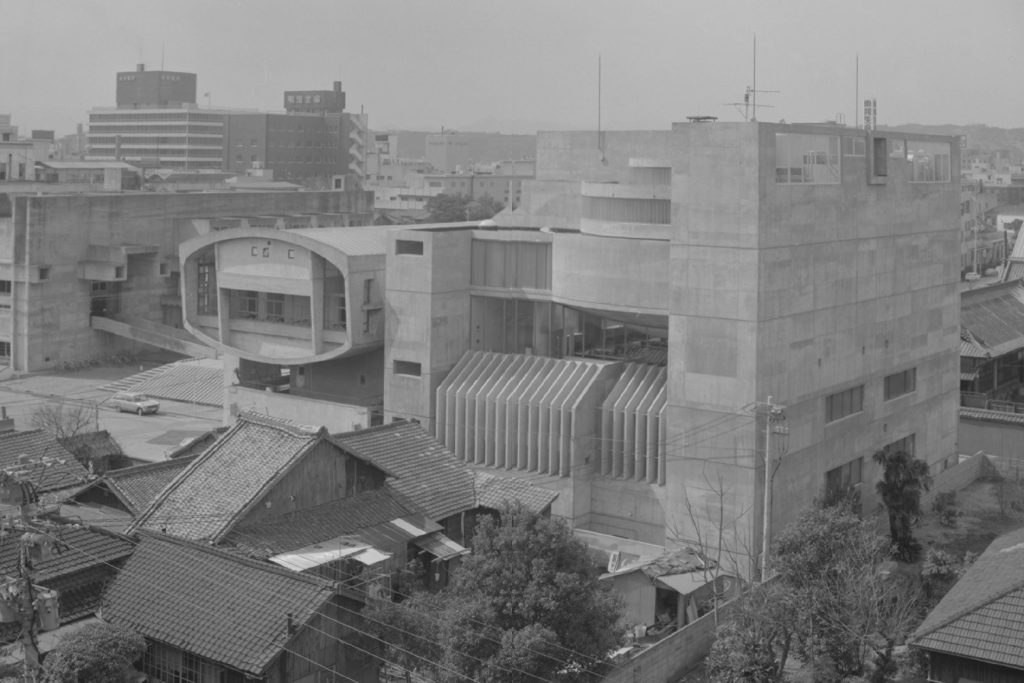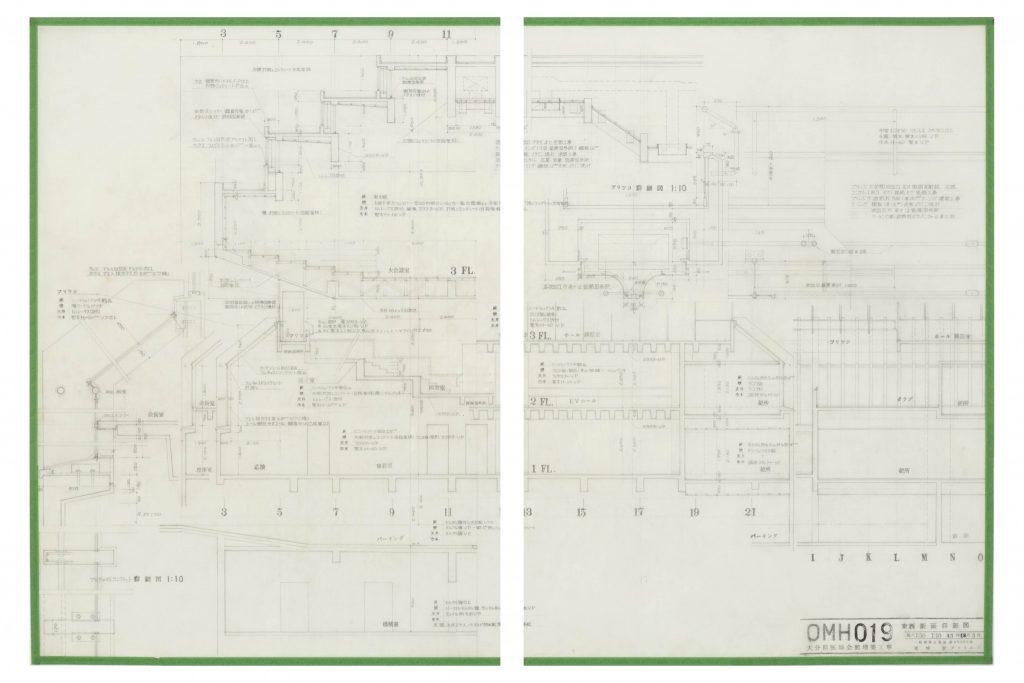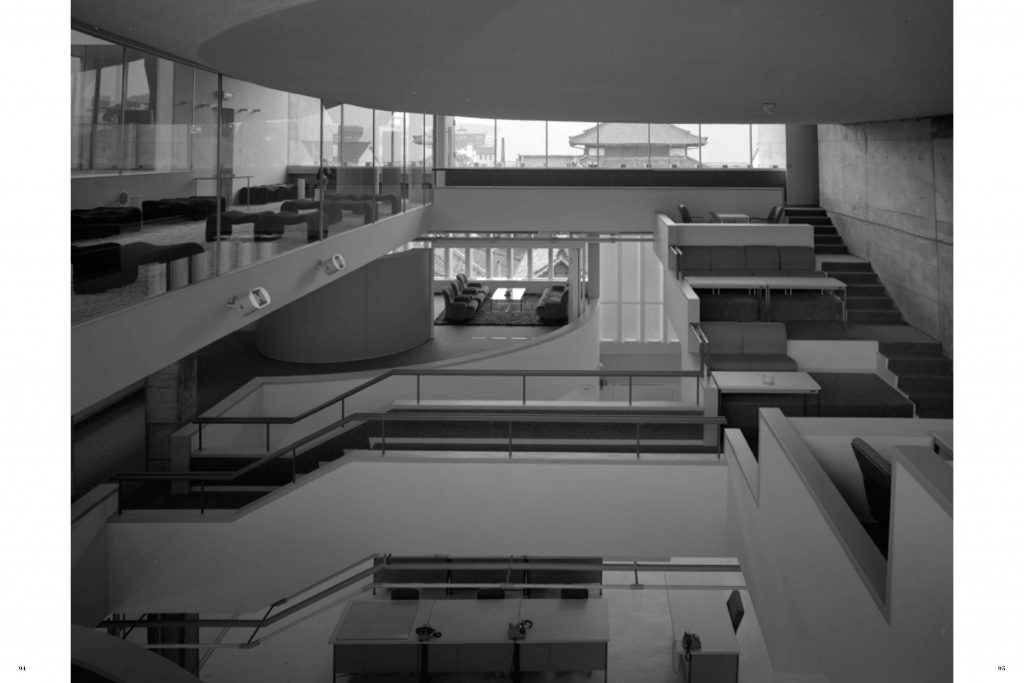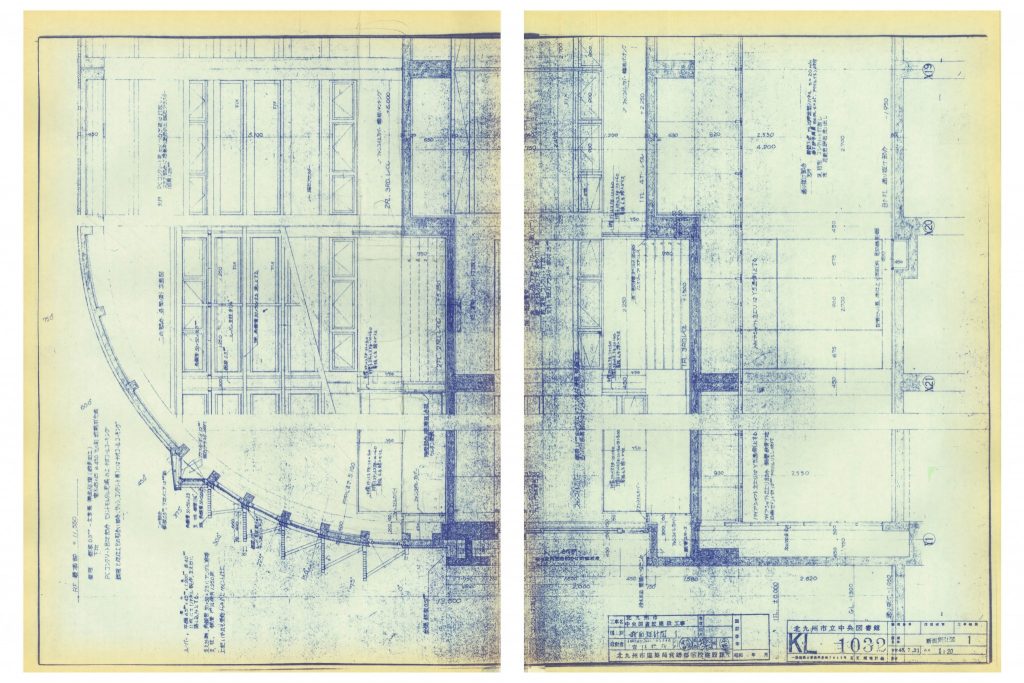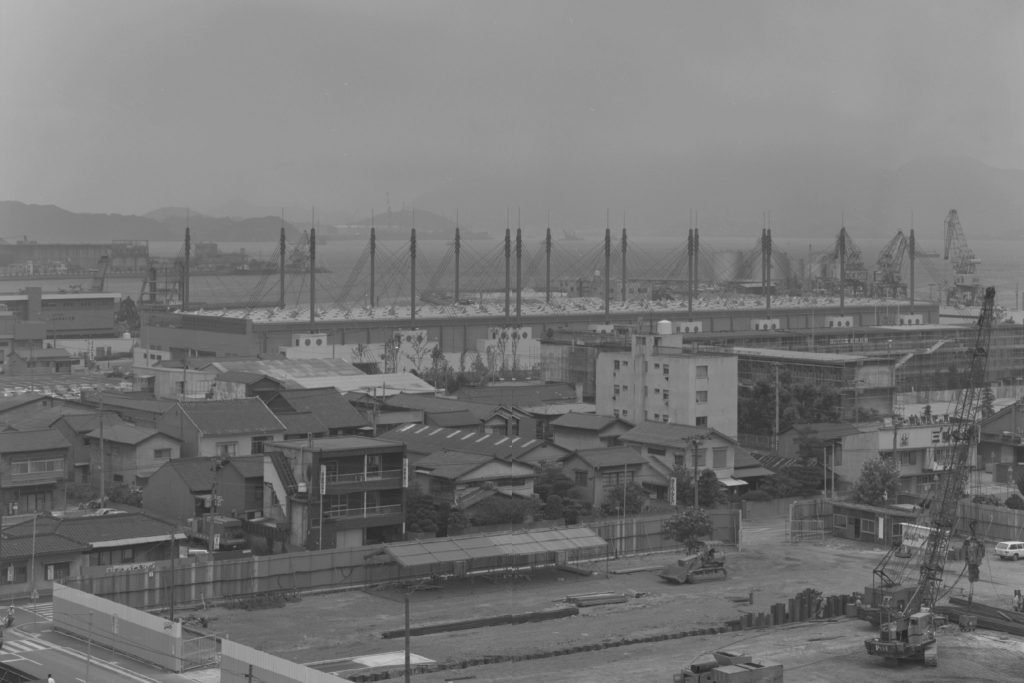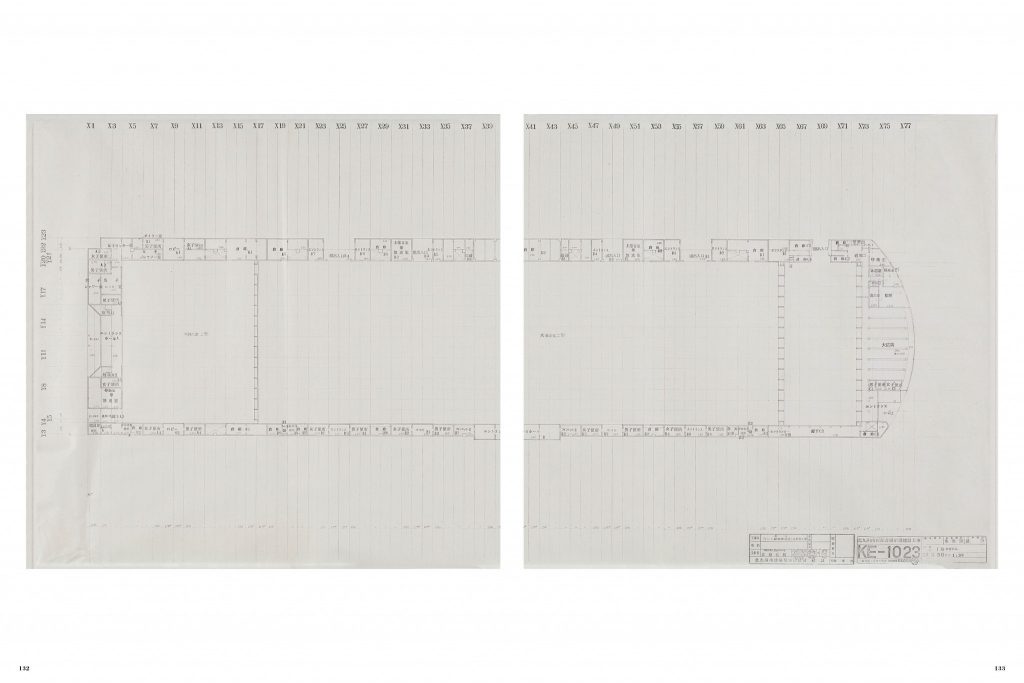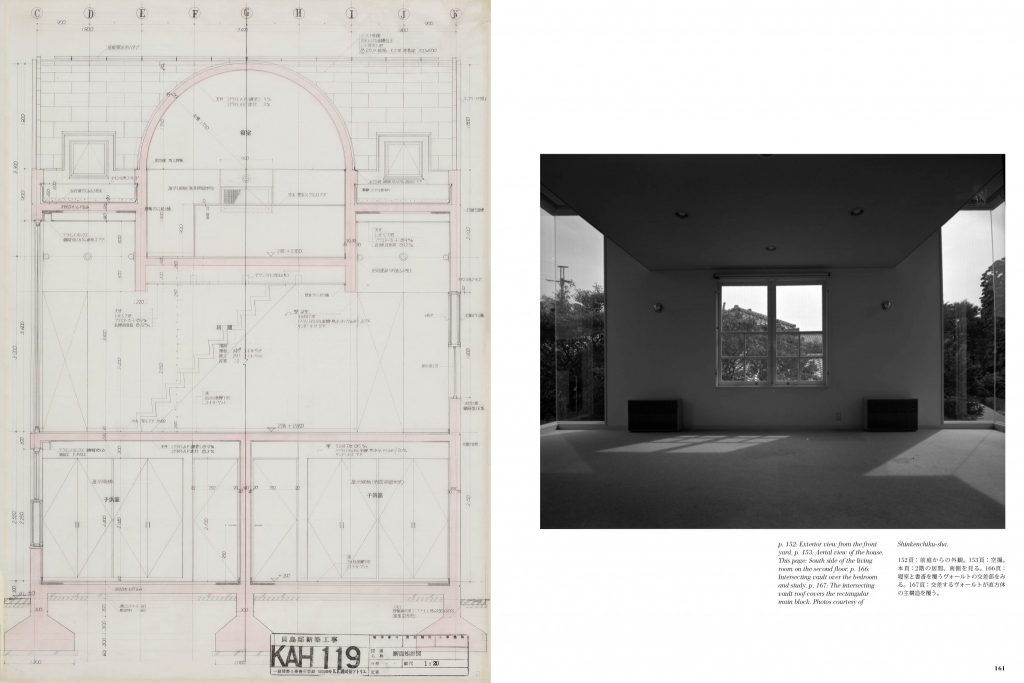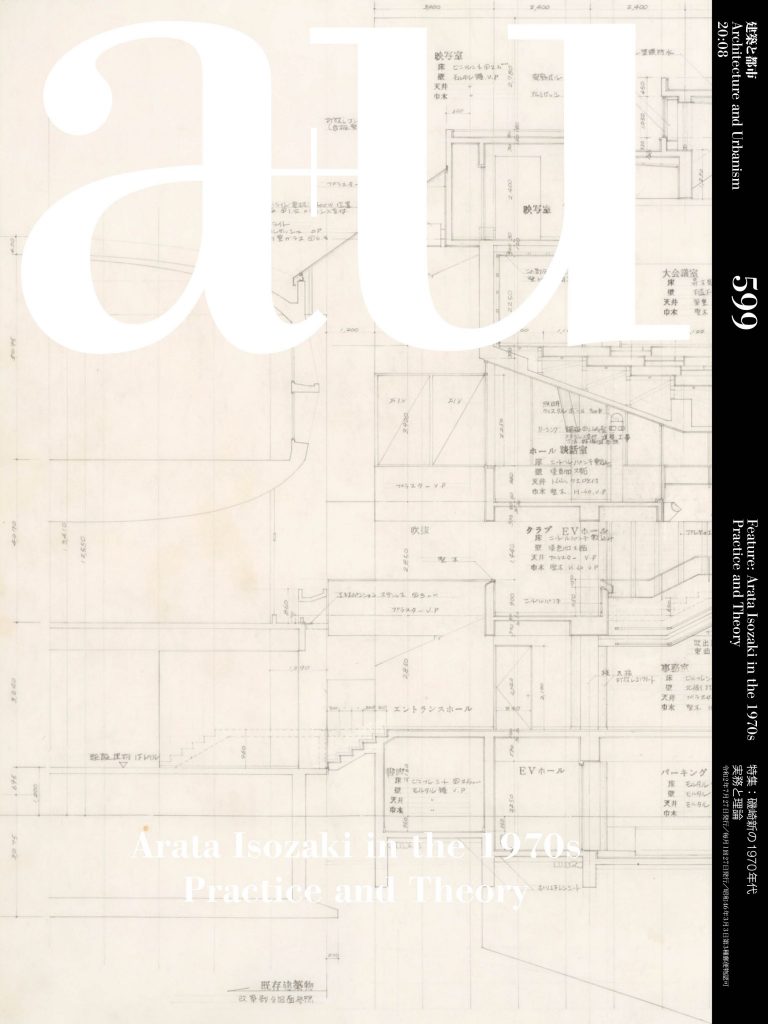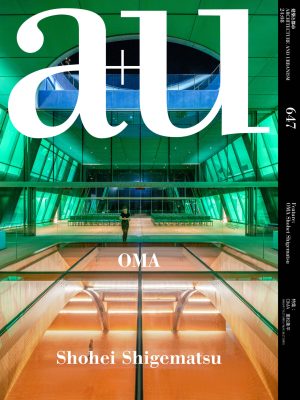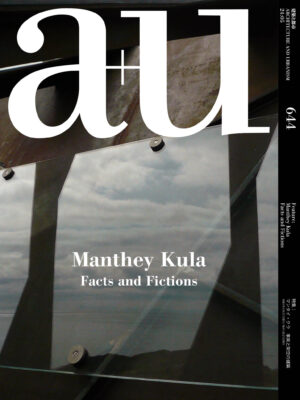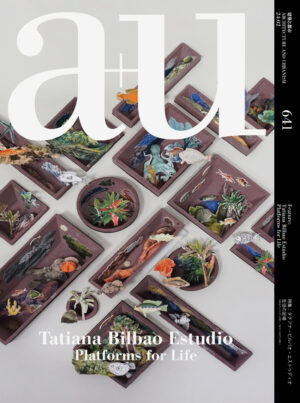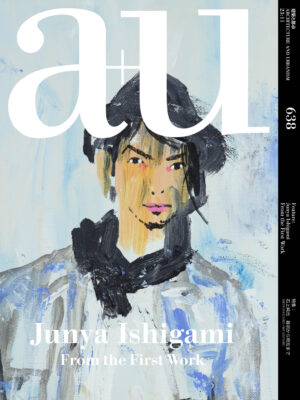a+u 2020:08 Arata Isozaki in the 1970s: Practice and Theory
Content
Most conventional collections of Isozaki’s works discuss architecture as a concept, and contain reductive or simplified diagrams consisting of silkscreen or ink drawings. In order to try and offer a critique of Isozaki in terms of the physical aspects of architecture, on the other hand, this publication focuses on working drawings that have not been previously published. Fortunately, Arata Isozaki & Associates has conserved not only sketches and design drawings, but also many of the original working drawings, and was able to provide us with many valuable resources.
We invited Jun Aoki and Taira Nishizawa to serve as editorial supervisors and to conduct the interview, based on their reading and understanding of these drawings. The interview, which was conducted in Okinawa and Karuizawa and spanned more than 10 hours, was a discussion of the 1970s, the background and context behind four of Isozaki’s projects, and the respective trials and tribulations behind each of them.
How did Isozaki think about and create architecture, and how did he convey it to society? The working drawings and interviews show us how he dealt with his clients, everything from the concept to the structure and services, and traces of the designs that extended to the materials themselves.
The 1970s are said to be an era that represented the “beginning of the contemporary”. The first issue of a+u was published in 1971, and its January 1972 issue was a special issue called “An Architect in Ambivalence: Arata Isozaki”. At a time when architecture was mostly discussed in terms of its physical aspects, the contents of this special issue sought to understand architecture through its conceptual aspects. Half a century later, this special issue is an attempt to critique this phenomenon in the reverse direction.
-Yasuhiro Teramatsu, Guest Editor
